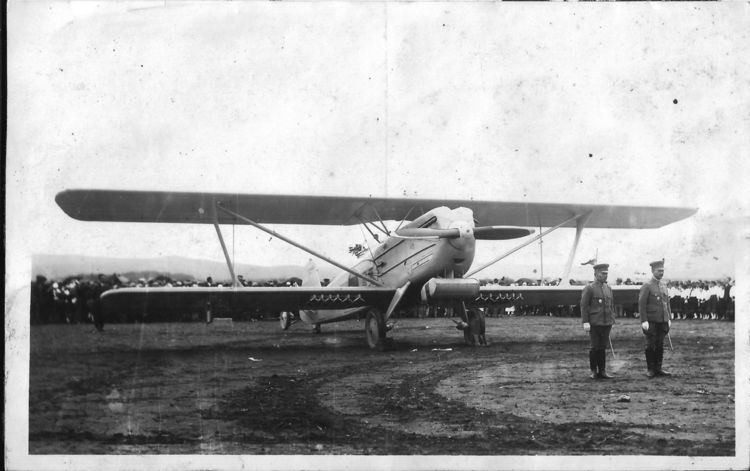Top speed 221 km/h Length 13 m | Wingspan 15 m | |
 | ||
Manufacturer Kawasaki Aerospace Company | ||
kawasaki army type 88 reconnaissance aircraft
The Kawasaki Army Type 88 Reconnaissance Aircraft was a Japanese single-engined biplane designed for Kawasaki by Richard Vogt. Originally known by its company designation KDA-2, it was accepted by the Imperial Japanese Army as the Type 88 Reconnaissance Aircraft. The Type 88 number was designated for the year the aircraft was accepted, 2588 in the Japanese imperial year calendar, or 1928 in the Gregorian calendar. The basic design was modified into the Type 88 Light Bomber that used in combat over China in the Second Sino-Japanese War. The Type 88 was built in large numbers and remained in service until 1940.
Contents
- kawasaki army type 88 reconnaissance aircraft
- Design and development
- Operational history
- Variants
- Operators
- Specifications 88 II
- References
Design and development
The Army Type 88-1 Reconnaissance Biplane was designed by Richard Vogt as the Kawasaki KDA-2 to meet a Japanese Army requirement for a reconnaissance biplane to replace the Salmson 2. Three KDA-2 prototypes were built by Kawasaki Kōkūki Kōgyō K.K. in 1927. After flight testing, the aircraft was accepted and ordered into production as the Army Type 88-1 Reconnaissance Biplane. The aircraft was of all-metal construction, with a stressed skin forward fuselage, unequal-span wings and a slim angular fuselage, with cross-axle main landing gear. was powered by a 447 kW (600 hp) BMW VI engine. the Type 88-II Was an improved version with an improved engine cowling and a revised tail assembly. By the end of 1931, 710 (including the three prototypes) had been built by both Kawasaki and Tachikawa, who had 187 of the total number.
Between 1929 and 1932, a bomber version was built as the Type 88 Light Bomber, differing in having a strengthened lower wing and an additional pair of centre-section struts. Bomb racks were located under the fuselage and lower wings. A total of 407 were produced. A transport variant was developed as the KDC-2 with room for a pilot and four passengers in an enclosed cabin. Only two KDC-2s were built and one of was tested on floats.
Operational history
Both reconnaissance and bomber versions saw action with the Imperial Japanese Army Air Force during the Second Sino-Japanese War in Manchuria, and a few were still in service in 1937 during fighting at Shanghai.
Variants
Operators
Specifications (88-II)
Data from Japanese Aircraft 1910-1941 The Illustrated Encyclopedia of Aircraft (Part Work 1982-1985). Orbis Publishing. p. 2238.
General characteristics
Performance
Armament
